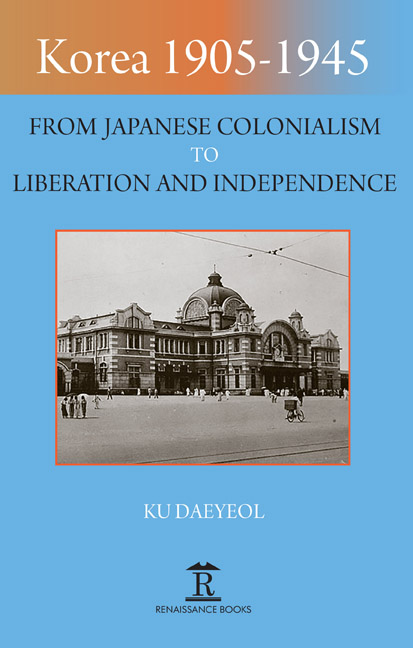Epilogue and Conclusion: An Established Division
Published online by Cambridge University Press: 04 May 2022
Summary
WITH JAPAN's SURRENDER in August 1945, the Allies’ primary war objective in East Asia was accomplished. As part of the next stage, the Allies set to work arranging the region's postwar settlements. It was as part of this effort that the Korean question was settled by the unsatisfactory principles, at least as far as the Koreans were concerned, of the Cairo Declaration. At the end of 1945, those principles took further shape in the course of the three-power Foreign Ministers’ Conference in Moscow. The Moscow Conference was, in fact, an occasion to discuss points of the postwar settlement that had yet to be agreed by the Allies. Among these points, the Korean question was viewed as being a minor issue, as it had been in the Allies’ wartime discussions. A well-known diplomatic historian confessed that he did not even know that the Korean question was brought up at this Conference. However, as far as the Korean question was concerned, the Moscow Conference is the terminal point of this study. The political situation of a liberated Korea and its division would be the subjects of another book entirely. Admittedly, the establishment of two separate states is important in that it represents the specific form that the powers’ Korea policy finally took. In this last chapter, the subject of “World War II and Korea” will be concluded with the Moscow Conference, under the rubric of “epilogue.” Then a “conclusion” will be drawn on the significance of the powers’ Korea policies during the 1940s.
EPILOGUE
In Moscow, the United States, Britain and the Soviet Union decided on a five-year trusteeship for Korea. Notwithstanding the approach of the Cold War with the end of war, U.S. Korean policy was to compromise with the Soviet Union, with the consent of the latter. While the United States acknowledged that such compromise was indispensable to establishing an independent state in Korea, the Soviet Union concluded that the mechanism of trusteeship would not be disadvantageous, as it could completely control and Sovietize the northern part of the Korean peninsula.
- Type
- Chapter
- Information
- Korea 1905-1945From Japanese Colonialism to Liberation and Independence, pp. 415 - 428Publisher: Amsterdam University PressPrint publication year: 2021



